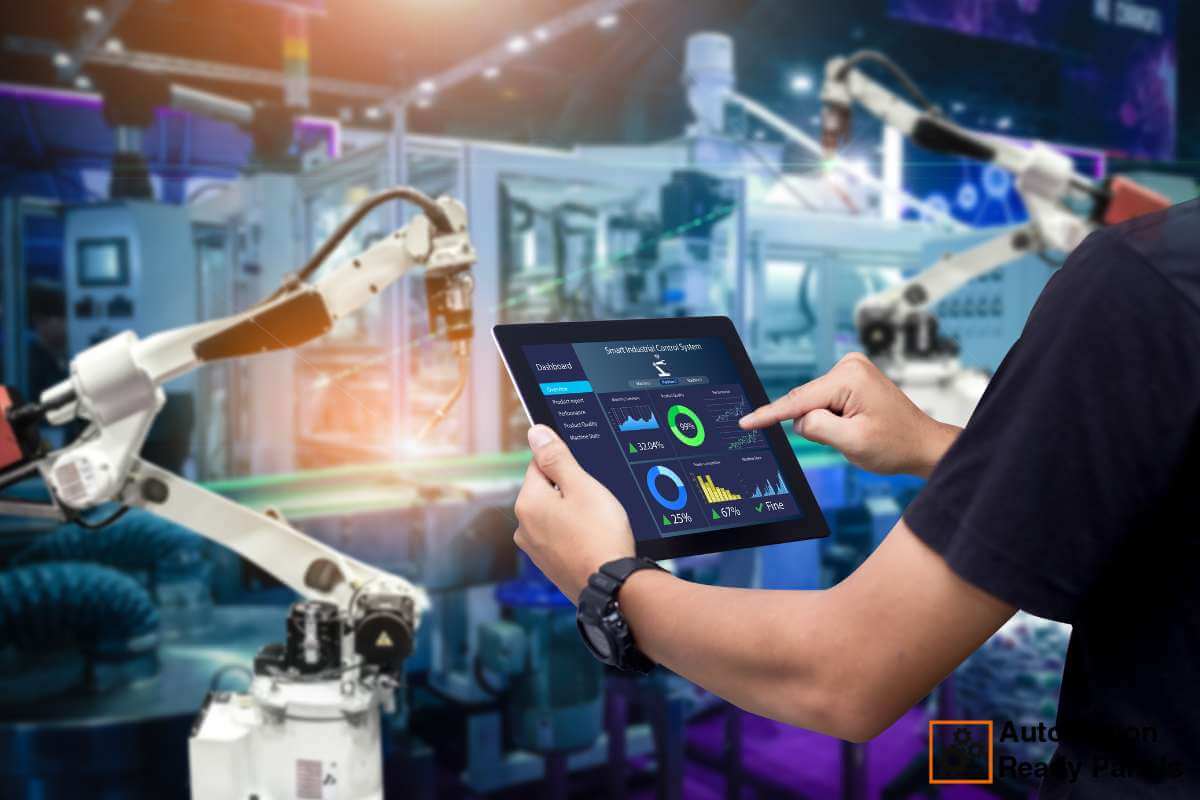Industrial Automation 2025: Driving the Future of Smart Manufacturing
AutoControl GlobalAutoControl Global October 01, 2025The Industrial Automation Landscape in 2025
Industrial automation is no longer just about mechanization; it’s a sophisticated ecosystem integrating AI, advanced analytics, and real-time connectivity. With the global market projected to reach $378.57 billion by 2030, manufacturers are adopting automation to reduce labor costs, improve efficiency, and stay competitive in increasingly dynamic markets. From my perspective, the key challenge lies not just in implementing technology but in aligning it strategically with operational goals to extract maximum value.
IIoT and Industry 4.0: The Backbone of Smart Factories
The Industrial Internet of Things (IIoT) acts as the nervous system of modern manufacturing, connecting machines, sensors, and devices to enable real-time monitoring and predictive insights. Industry 4.0 harnesses these connections, allowing traditional robots to collaborate with smart sensors and analytics systems. I see a transformative trend here: manufacturers who master IIoT integration can shift from reactive problem-solving to proactive process optimization, achieving both cost reduction and quality consistency.
Artificial Intelligence and Machine Learning: From Data to Decisions
AI and machine learning are reshaping production strategies. By analyzing vast datasets, these systems can predict equipment failures, optimize maintenance schedules, and enhance overall operational efficiency. In my experience, the real advantage comes from continuous learning algorithms that adapt to changing production conditions, creating a self-improving manufacturing environment. Predictive maintenance is no longer optional—it’s a competitive necessity.
Edge Computing and Cloud Integration: Speed Meets Scalability
Edge computing processes data locally at the machine level, ensuring immediate responses to operational changes. When combined with cloud platforms, manufacturers gain scalable storage and advanced analytics capabilities for long-term optimization. From my viewpoint, this hybrid model democratizes automation, allowing small and medium enterprises to access enterprise-level intelligence without prohibitive infrastructure costs.
Advanced Robotics and Collaborative Automation
Robotics has evolved beyond repetitive assembly lines. Collaborative robots (cobots) now safely work alongside humans, opening automation to small manufacturers. Autonomous mobile robots (AMRs) provide flexible material handling, replacing rigid conveyor systems. Personally, I see cobots as a democratizing force—they empower smaller firms to compete with larger operations while maintaining workforce safety and efficiency.
5G Connectivity: Revolutionizing Industrial Communication
The introduction of 5G provides ultra-fast, low-latency connectivity, enabling real-time communication between machines and systems. This technology is not just about speed—it allows manufacturers to expand automation into remote and rural areas, optimizing operations in sectors like agriculture and healthcare. I consider 5G a critical enabler of next-generation smart factories, bridging gaps that were previously impossible to overcome.
Cybersecurity and Data Protection: Safeguarding the Connected Factory
With increased connectivity comes higher cybersecurity risks. GPS jamming and other attacks can disrupt operations even without network breaches. In my perspective, proactive cybersecurity strategies must evolve alongside automation technology, integrating AI-based threat detection and robust contingency planning to maintain operational resilience.
Digital Twins and BIM: Virtual Insights for Real-World Efficiency
Digital twins create virtual replicas of equipment and facilities, enabling predictive maintenance and performance optimization. Building Information Modeling (BIM) allows manufacturers to simulate layouts and workflows before physical construction. I believe combining these technologies transforms decision-making from reactive to strategic, minimizing errors and maximizing productivity before a single component is built.
Future-Proofing with Digital Factory Solutions
Software solutions like Autodesk Inventor, Factory Design Utilities, and FlexSim empower manufacturers to model, simulate, and optimize operations digitally. In my view, embracing these tools is essential not just for efficiency but for cultivating a culture of innovation, where continuous improvement and agile responses to market demands become the standard.


